Innovation fuels growth of tech firms'global earnings
Writer: | Editor: Lin Qiuying | From: | Updated: 2024-10-16
It took Shenzhen entrepreneur Zhang Junbin eight years to transform a small startup with just 200,000 yuan (US$28,272) in initial capital into a unicorn enterprise that now sells smart robotic vacuums and mops in over 30 overseas markets.
Driven by a commitment to excellence, Zhang, founder and CEO of Shenzhen-based Narwal Robotics, leads a company that employs more than 1,000 people today. This is a remarkable achievement considering its humble start in 2016 with fewer than 10 staff members.
Pursuing innovation
Narwal did not launch a single product in its initial three years. Instead, it invested all of its resources into technology and product research and development (R&D), focusing on the details. The materials that had to be designed for the company’s robotic mop alone were selected and improved dozens of times. This slow progress threatened the firm’s survival.
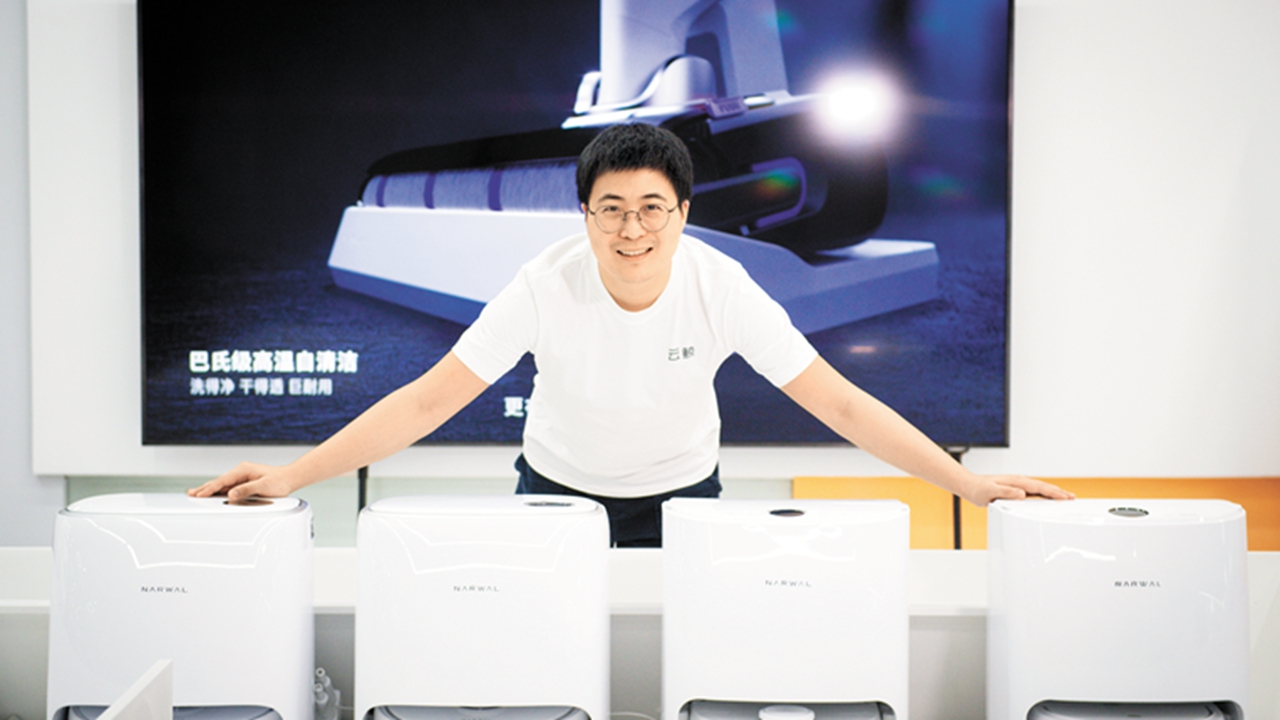
Zhang Junbin, founder and CEO of Shenzhen-based Narwal Robotics, poses for a photo with the company's robotic vacuums at its headquarters in Nanshan District. Photos from Xinhua
“At that time, life was very stressful, funding was scarce, and the team was understaffed. Six or seven of us squeezed into a 20-square-meter office, each earning just over 1,000 yuan a month. But we gritted our teeth and persevered for over two years before finally producing a prototype,” Zhang said.
Their patience eventually paid off. During China’s Double Eleven online shopping festival in 2019, their debut product achieved 10 million yuan (US$1.45 million) in sales in a single day, which made the company famous overnight. The following year’s Double Eleven festival saw Narwal’s sales exceed 200 million yuan, putting the firm on a stable earnings trajectory.
The company says that a small Narwal robotic sweeper machine involves more than 600 technology patents, including relevant technologies like simultaneous localization and mapping (SLAM), 3D sensing, AI object recognition, and big data applications.
Zhang is not alone in gaining fame through the pursuit of innovation. Xue Min, founder of Shanghai United Imaging Healthcare Co., followed a similar path by launching a company from scratch, growing it gradually into a formidable global player in the high-performance, advanced medical imaging market.
Just over a decade ago, high-end medical imaging equipment from Chinese manufacturers was nearly nonexistent in the country’s top-tier hospitals. Overseas giants like GE HealthCare, Philips, and Siemens dominated more than 90% of the Chinese market. “If the core technology is not in your own hands, you will always be dependent on others,” said Xue.
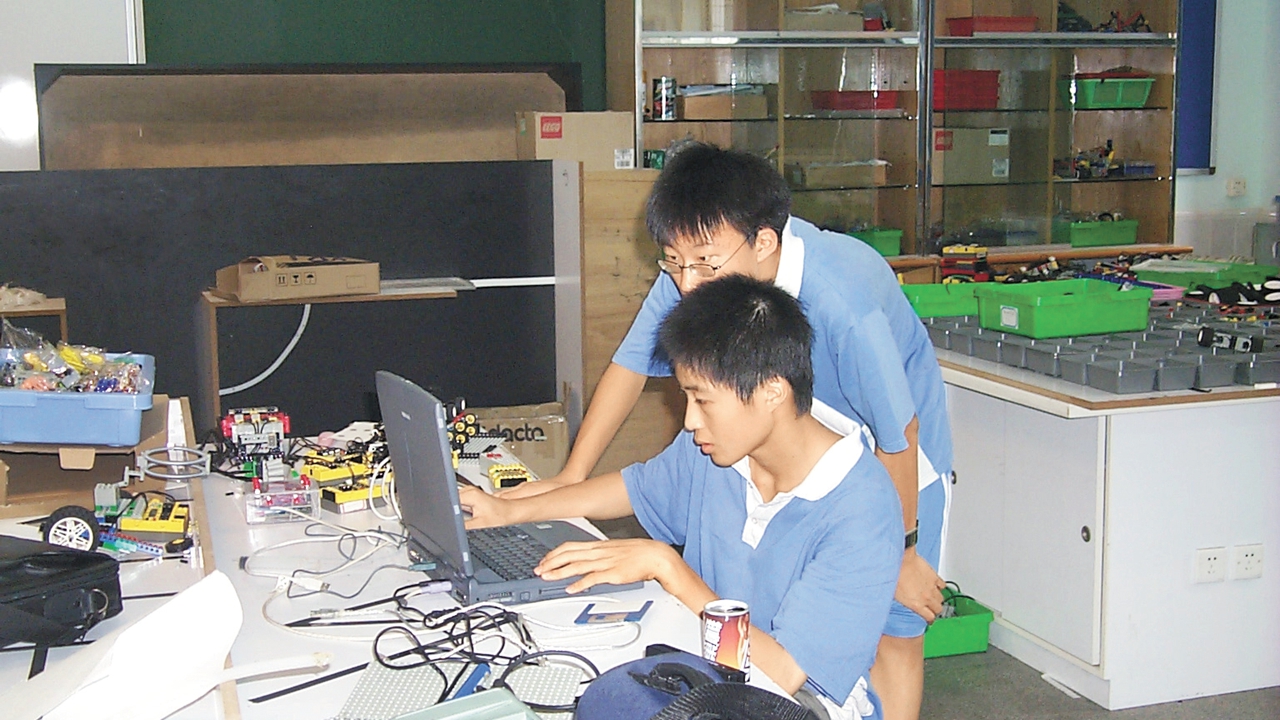
Zhang Junbin (front) works on a laptop with his teammate in a student lab for artificial intelligence research while he was a middle school student at a Shenzhen Experiemental Education Group school.
In 2011, United Imaging was established. Its immediate goal was to produce the first domestically manufactured positron emission tomography/magnetic resonance imaging (PET/MRI) device. Its R&D team dissected basic components and cables, studied their structures using X-ray machines, and examined the diameter and material of each copper wire.
In 2018, United Imaging’s first domestic integrated PET/MRI device was approved and launched, making China one of only three countries in the world with the capacity to independently manufacture a PET/MRI system.
For years, the new installation volume of products from United Imaging has consecutively ranked first on the domestic market, leading the non-Chinese manufacturers of competing products to drop their prices.
Zhang, Xue, and the companies they lead epitomize Chinese firms’ growing investment in technological and product R&D in recent years, which translates into growing corporate innovation strength in China.
Data from the China National Intellectual Property Administration show that by the end of 2023, the number of companies in China holding valid invention patents had reached 427,000, an increase of 72,000 from the previous year. China’s domestic enterprises hold nearly 3 million, or 71.2%, of the total valid invention patents in the country.
Aiming for overseas market
Narwal and United Imaging represent a cohort of Chinese companies that are earning increasing revenue from overseas markets.
In 2022, Narwal decided to test the waters of the global market. In its typical fashion, the company had waited roughly three years to reach this decision, remaining quiet between 2019 and 2021 — a peak period when many domestic robotic vacuum companies rushed into overseas markets.
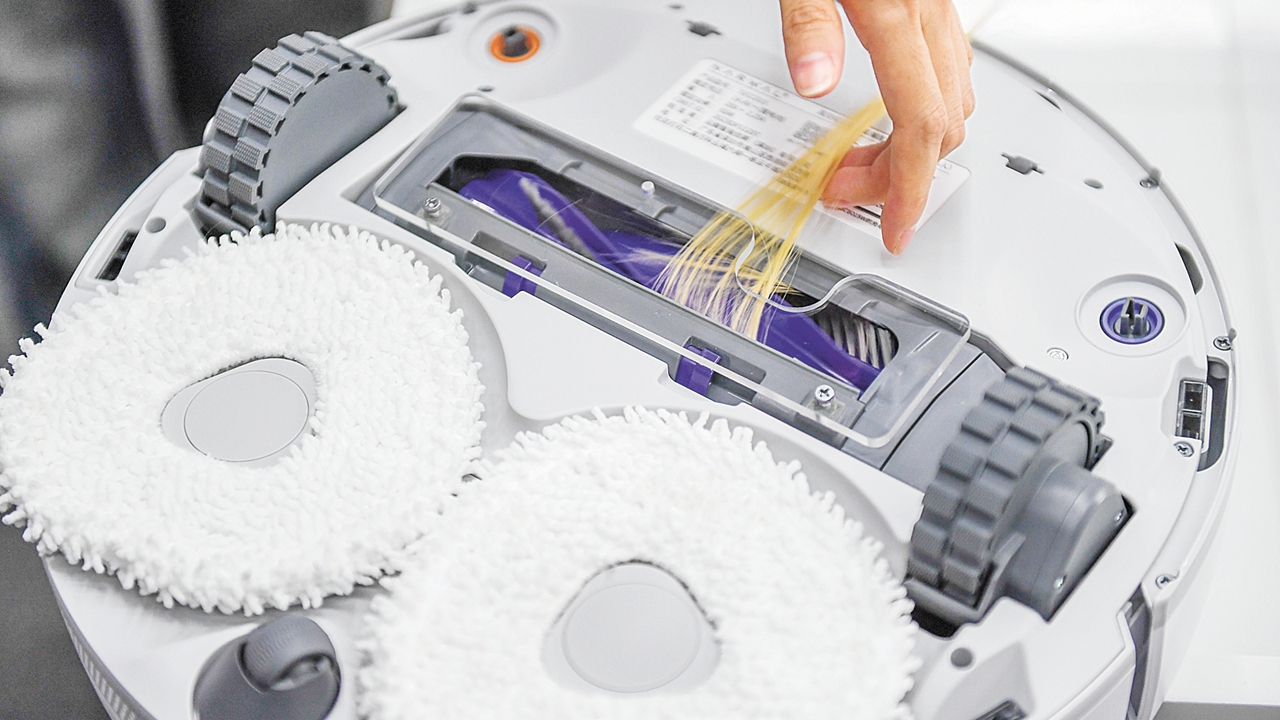
A staffmember tests a robotic vacuum to see if its brush can remain untangled when used on pet hair.
“We aim to be a patient company,” Zhang said, emphasizing that Narwal had used the three years to conduct market research abroad — researching how the robotic vacuum’s brush would remain untangled when used on pet hair in the European and U.S. markets. Through a precise understanding of user needs and by building on its existing portfolio of technologies, Narwal developed and launched a product for the overseas market that is capable of collecting hair at one end of the roll brush and sucking it into the machine.
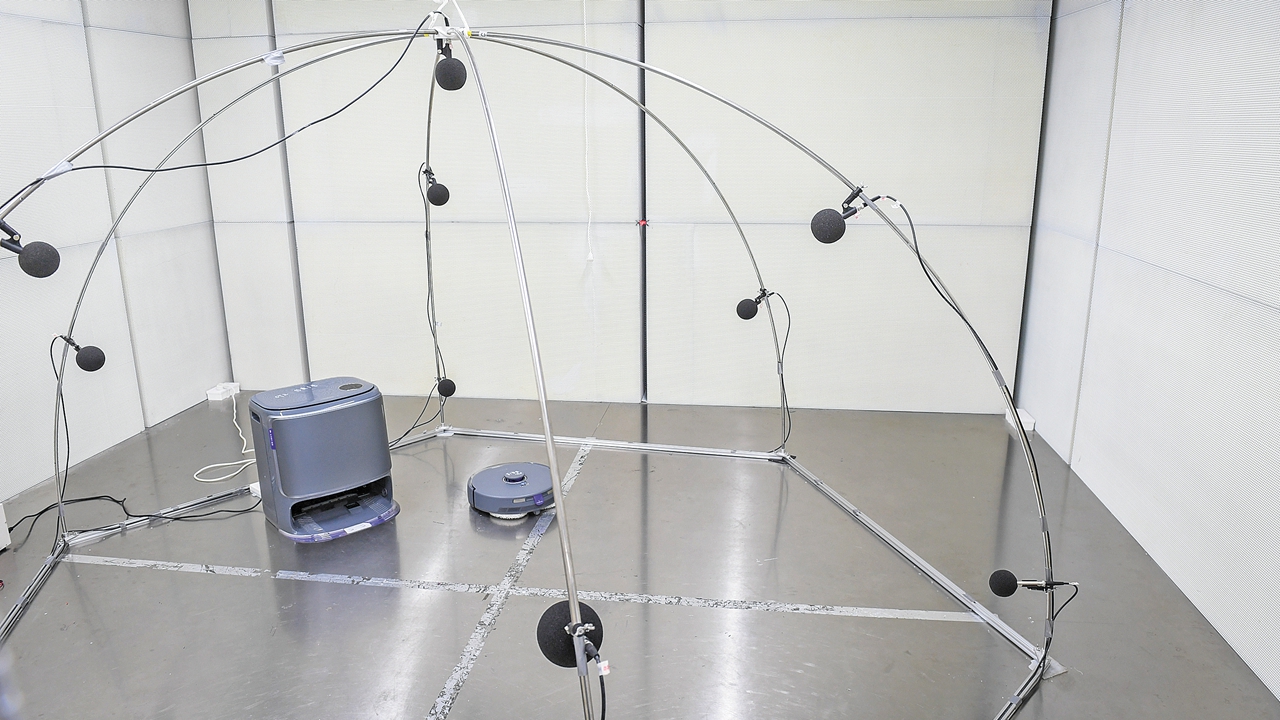
A Narwal robotic sweeper is tested for the noise level it makes while in operation.
Company data show that by the end of July this year, Narwal’s overseas revenue had grown nearly 7.5 times year on year. It also expanded the number of countries and regions where it sells products from nine last year to over 30 this year, including Italy, Sweden, and the Netherlands.
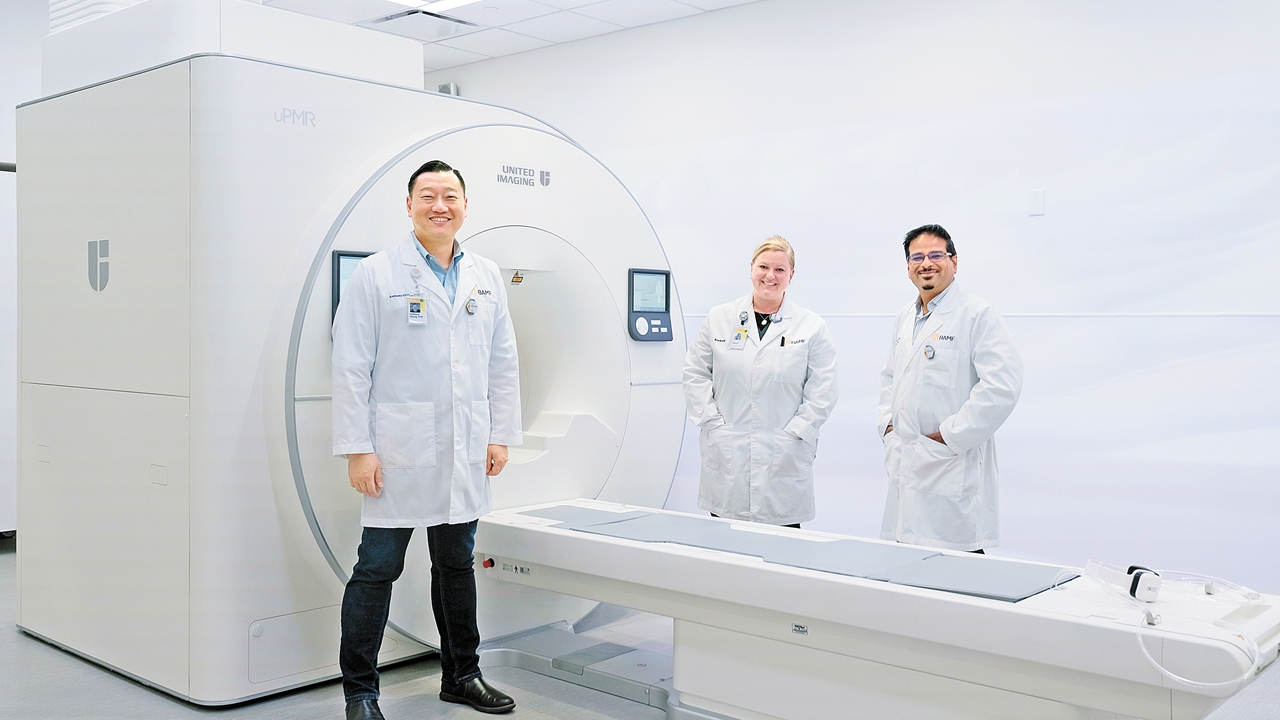
U.S. doctors pose for a photo with a newly installed United Imaging device at a U.S. hospital.
Similarly, United Imaging’s report for the first half of 2024 shows that the company’s overseas business made up 17.5% of its total revenue during the period. The company is a clear example of how a capable newcomer with quality products can succeed in the global market.
“United Imaging has benefited from innovation and will continue to grow from it. I am very confident that in another five to 10 years, I can lead the company into the rank of a world-class enterprise,” Xue said.
Institutional support for innovation
The third plenary session of the 20th Communist Party of China (CPC) Central Committee, which was held in July, made full arrangements to support comprehensive innovation through deepened reforms in the fields of education, science and technology, and talent.
In a long-term institutional arrangement, the Chinese Government has increased tax deduction support for eligible firms engaged in R&D, allowing them to reduce their corporate income tax payments by deducting another 100% of their R&D expenses. The People’s Bank of China, the country’s central bank, has relending facilities for commercial banks, which encourages them to increase financial support for small and medium-sized tech firms.(Xinhua)